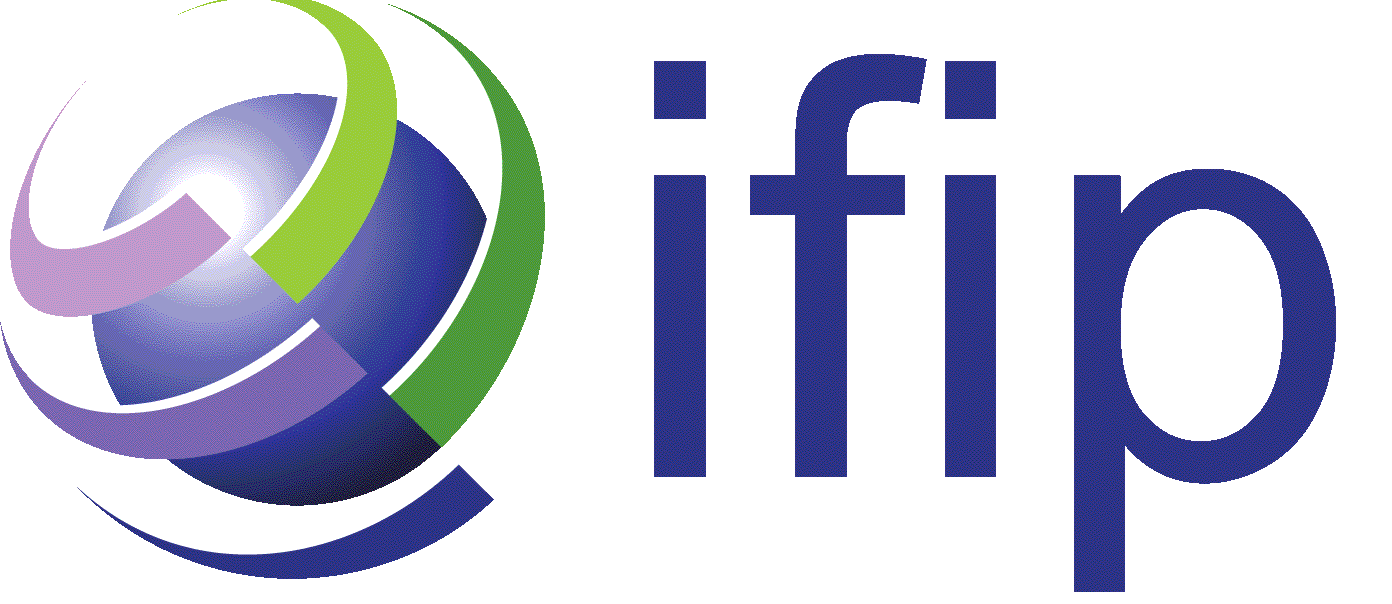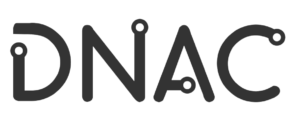
 |
 |
 |
Information for Authors
Call for Papers
Here is the Call for Papers.
1. General Information
Authors of accepted papers must guarantee that their paper will be presented at the conference/workshop. Every paper accepted at CNSM 2020 must have an associated registration at the Author rate. At least one author of each accepted paper must be registered for the conference/workshop by October 16th 2020 in order for that paper to appear in the proceedings and to be scheduled for presentation. For a paper in which all authors are students, one student author must register at the Author rate. For authors presenting multiple papers, one author registration is valid for three papers at most.
2. Paper Submission
Authors are invited to submit original contributions that have not been published or submitted for publication elsewhere. Papers should be prepared using the IEEE 2-column conference style and are limited to 8 pages excluding references (full papers) or 4 pages excluding references (short papers).
Papers have to be submitted electronically in PDF format through EDAS, with direct links for:
The IEEE paper template can be downloaded at the following link: IEEE paper Template.
Papers exceeding page limits, multiple submissions, and self-plagiarized papers will be rejected without further review. All other papers will get a thorough single-blind review process, followed by a rebuttal phase.
Guidelines for Accepted Papers
1. Formatting and IEEE Xplore Compliance
When your accepted paper (full paper, mini-conference paper, short paper, workshop paper) is presented, it will appear soon afterwards on IEEE Xplore® (the IEEE Digital Library) and it is important that your submitted PDF file meets the specification for IEEE Xplore
1.1 Page Limit
The page limits are as follows:
- CNSM full papers: 8 pages (excluding references);
- CNSM mini-conference papers: 6 pages (excluding references)
- CNSM short papers: 4 pages (excluding references);
- Workshop full papers: 6 pages (excluding references);
- Workshop short papers: 4 pages (excluding references).
Please address the suggestions raised by the reviewers to improve the quality of your paper and make sure to comply with all formatting requirements. Please note that it is not possible to purchase extra pages.
1.2 Templates
Please format your final submission using the guidelines provided in
IEEE_conf_layout.pdf
. The guidelines are implemented in IEEE templates. LaTex authors please verify you are using the following documentclass:
\documentclass[10pt,conference]{IEEEtran}
Only in case you are unable to use LaTex, other text processors may be used at your own risk. IEEE provides a template for Word in US-Letter size. Your final submission must follow all IEEE conference formatting requirements (
e.g.
, font sizes, margins, and layout). Thus, check them really carefully.
2. Paper Upload
Before uploading your paper, please:
- Check that title and abstract in EDAS match your camera-ready paper exactly
- Please use Title Case for the paper title, i.e. capitalizing all main words
- Compare all author names in EDAS with the author list in your paper. They must be identical and in the same order
- Enter all middle names/initials you prefer to use in the paper in the author profile EDAS, as well
- Ensure that special characters in the paper match the EDAS entry. EDAS supports UTF-8 special characters, such as äïöüßîçñé, etc. for author names
- Have the PDF checked or created by IEEE PDFXpress; upload the certified file returned from IEEE PDFXpress into EDAS
This is very important because we will be using the information provided in EDAS to generate the final conference program and the table of contents for IEEE Xplore. Please note that the abstract and title should be readable stand-alone and not contain any references or unexplained acronyms.
Copyright NoticeInsert an appropriate copyright notice on the first page (bottom left) as follows:
- For papers in which all authors are employed by the US government, the copyright notice is: U.S. Government work not protected by U.S. copyright
- For papers in which all authors are employed by a Crown government (UK, Canada, and Australia), the copyright notice is: 978-3-903176-31-7 © 2020 Crown
- For all other papers the copyright notice is: 978-3-903176-31-7 © 2020 IFIP
In case you need to modify the title or the abstract, you can do this through EDAS. Changes to the list of authors, allowed only under exceptional circumstances, have to be approved by TPC chairs. All the camera-ready papers have to be submitted via EDAS before October 16th, 2020.
PDF ExpressUse IEEE PDF eXpress to check Xplore-compatibility, the CNSM 2020 account uses as the conference ID: 50824X
EDAS will prevent you from uploading papers that do not comply with formatting checks. Please check all requirements carefully again if that happens. If you believe your paper is compliant and you are still prevented from uploading, please send your PDF eXpress™-certified PDF file to the publication chair and ask for advice. Please always put your EDAS paper number in the subject line of email communication.
IFIP Copyright FormAuthors of CNSM, AnServApp or IPFuture workshops are required to transfer the copyright of their accepted papers to IFIP.
In this case you have to upload the IFIP form. First, click here to get the IFIP copyright form. Read and fill it up adequately. Don’t forget to include the title of your work, the first and last names of all the authors, and then sign it. After getting the copyright ready, log onto EDAS and click on the copyright logo (©) of your accepted CNSM or Workshop paper. Update the signed copyright, following instructions on EDAS. Once you finish that process, EDAS will show the type and date of copyright submission on your paper page.
UploadUpload to EDAS the final versions of:
- the PDF eXpress-passed compliant camera-ready copy of your paper,
- the signed and scanned PDF of the IFIP copyright form,
- the IEEE PDF eXpress compliance document (PDF itself)
Once you have uploaded you paper you should download Whova
3. Whova
Registered people should download the Whova App in order to receive further notification on the process, and to be part of the online process.
As CNSM 2020 will be held as a virtual conference, speakers may be able to record and submit a video of their talk by 27 October 2020. On that day speakers will receive an email, from Whova, containing an online form to submit your video, fill in your bio and complete your profile.
During the actual presentation on 2-6 November 2020, and at the start of every session, any pre-recorded video of the presentation will be played and at least one of the paper’s authors will be online to answer questions later, otherwise the paper will not be published in the IFIP digital library & IEEE Xplore.
We strongly recommend speakers to check if they are assigned to their proper paper session in the program page, and to notify the organizers if you are not the presenter of the paper or won’t be able to be present on that day.
If that is the case, you should send an email containing all the information (Full name, email, affiliation, country) about the final presenter who will replace your Whova profile account, please note that you won’t be able to access the conference content anymore. Otherwise the presenter should register for the conference with the participant rate so that both of you can have access.
4. Video Presentation
4.1. Video Duration
Below are the exact duration of videos and Q&A sessions depending on the paper type:
Duration of video files:
- Full papers presentation video: 24 min
- Mini conference papers presentation video: 12 min
- Poster presentation video: 7 min
Duration of the Q&A sessions on Webex:
- Full papers: 6 min
- Mini conference papers: 3 min
- Poster papers: 3 min
Poster authors should also prepare a one-page PDF (16:9)
4.2. Instructions for Video Recording
Videos should contain a prominent view of the presentation slides along with audio of the spoken presentation. Optionally videos may contain a shot of the speaker's head for increased engagement. (This shot should be thumbnail-sized and overlayed on the slide images as shown here.) Many presentation software allows recording audio and video directly in the application and can export appropriate video files. Please see the notes below for detailed instructions for PowerPoint and KeyNote. If you use a different application, please see the notes under Other Options.
4.3. Details
Recommendations:
- format: MPEG-4 (.mp4)
- aspect ratio: 16:9
- resolution: 720p
- better to be less than 250MB
- duration depending on your paper type, check above information




